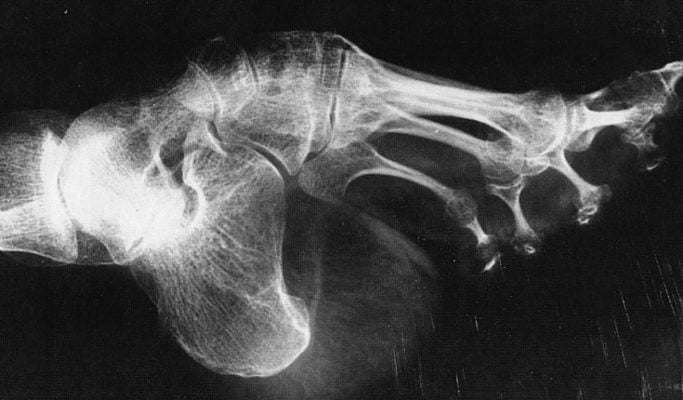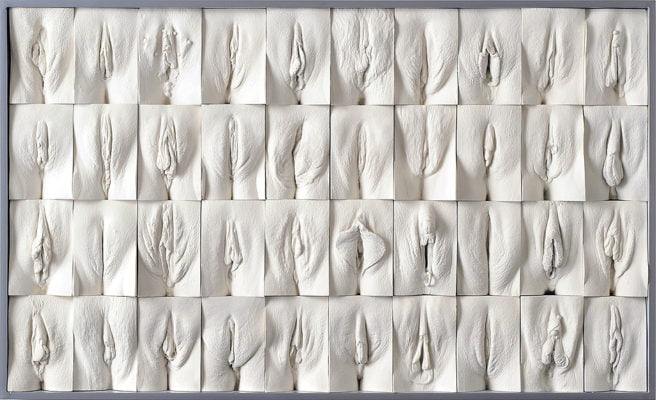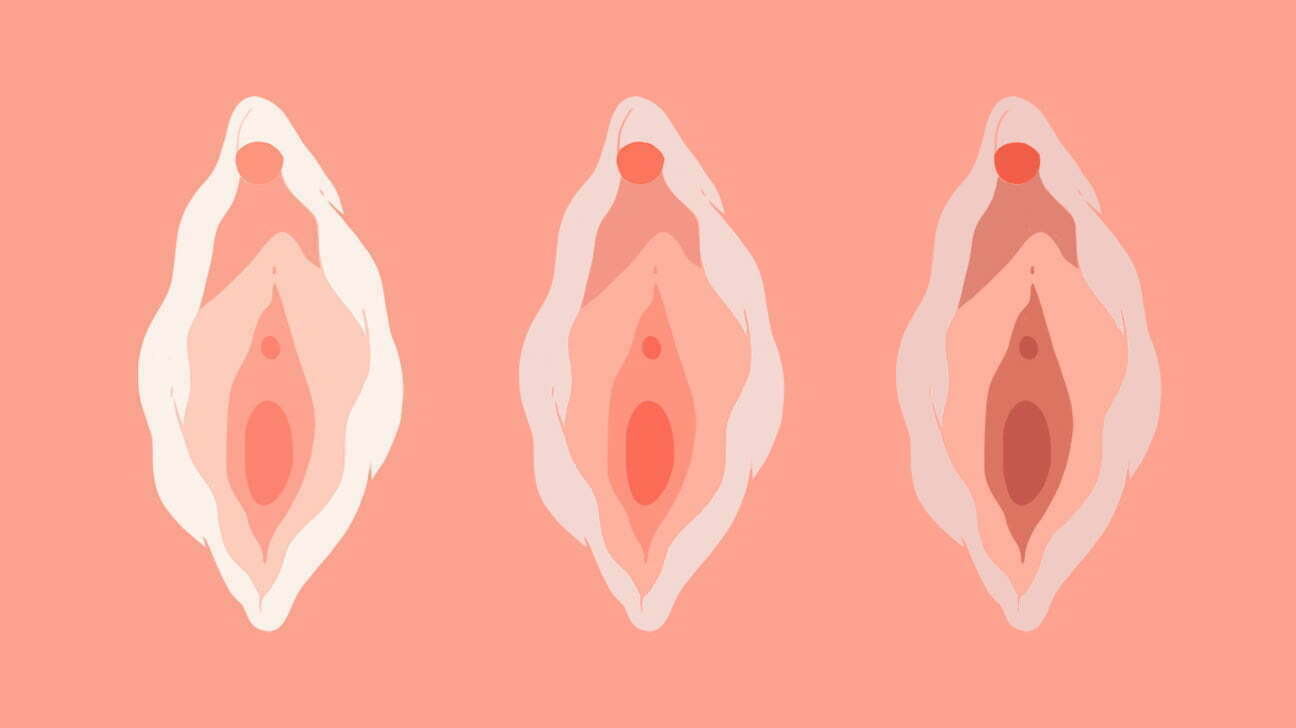Blog
History’s Odd Fascination With The Labia
The other day I was at a mental health support group with some mates and one of my friends mentioned the traditional (and agonizing) tradition of foot binding.
If you don’t know, foot binding was a 10th century Chinese custom which involved binding a woman’s feet in such a way that would cause long term deformities which was thankfully abolished in the 20th century.
I’ll spare y’all the full image of what foot binding did for the women subjected to it but I will give you this X-Ray:

In the 19th century it was estimated that 40–50% of all Chinese women were subjected to this practice and that almost 100% of upper-class Chinese women had to endure this fashion ‘trend.’
High heels are one thing. Foot binding was a literal form of socially normalized torture imposed among women predominantly for male pleasure.
What makes me so confident in that statement?
Well, you know how in modern Western society we often say that you can tell the length of a man’s penis by his shoe size? Foot binding was basically the female equivalent of this, except with some very clear differences.
Foot Binding – an Ancient Chinese Tradition
A woman’s bound feet in the tradition of ancient China was considered to be the most erotic and private part of a woman’s body, and some sex manual detailed at least 48 different ways to play with a woman’s bound feet.
Fetishism was thus interwoven with foot binding and played an active part in its popularity and, in this, men took an active roll because it was the male partner of these women that was believed to derive the most pleasure.
As the historical evidence dictates, men believed that foot binding would make a woman’s labia folds more appealing, their vagina tighter, and their thighs more sensual. Yes, really.
Subsequently the practice of foot binding can be translated as female mutilation specifically engineered for male expectation and satisfaction.
Bondage can be a lot of fun but Women’s bodies being shaped in unnatural ways to meet a male partner’s needs (often before they had even met that male partner) is not so much.
Isn’t history fun?
But, of course, this isn’t the only time that the modification women’s bodies and, more specifically, their genitals have been the subject of male fascination and control.
Female genital mutilation is a chief example, so much so that it became the topic of an academic article for Gerry Mackie, published in the American Sociological Review.
To quote Mackie:
Both customs are nearly universal where practised; they’re persistent and are practised even by those who oppose them. Both control sexual access to females and ensure female chastity and fidelity. [And] Both are necessary for proper marriage and family honor.
Mackie hoped, in his article, to look at foot binding and its decline in order to take lessons that would help outlaw genital mutilation and his connection between the two is a compelling one. Certainly both are, as he says, ways to control ‘sexual access’ of female bodies in order to reserve them for a prospective male partner.
Modern vaginal modification practices
But what about modern vaginal modification practices?
Even now, society has a certain fascination with female genitals and their aesthetic and sensational modification for a male gaze and experience.
While kegel exercises are great for female health and satisfaction, many companies will try to market them more on the ‘tightness’ appeal that they will have for male individuals. Equally there is still a myth that circulates that women shouldn’t use large sex toys because they will ‘stretch them out’ and thus diminish a male desire for a tight vaginal experience during penetration.
Then, of course, we have the horror that is the labiaplasty.

A labiaplasty involves modifying the labia in order to make them seem more ‘appealing,’ but appealing to whom?
In the optimal situation a labiaplasty would only be performed when absolutely necessary to help a woman who makes a strong and fully autonomous decision to have the surgery in order to improve their quality of life.
But this is not an ideal world.
In a survey of male vulva familiarity and preferences 51% of participants believed the appearance of a woman’s labia influenced their desire to engage in sexual activity and even more considered smaller labia to be the most attractive. Meanwhile in pornography and erotic images women are either chosen for their smaller labia or have them digitally altered in order to meet a male desire for smaller labia.
Thus the labiaplasty (and, even more troubling, vaginoplasty; a surgical tightening of the vagina) are mainly constructed and sold to women as something to ‘fix’ their bodies in order to meet male desires and compete against the hypersexualized image of femininity that women are pressured to meet.
These surgeries are the modern Western equivalent of foot binding but, thankfully, they are much less prevalent. The above mentioned survey also revealed that, although men did have a socially ingrained preference, 75% would not want their partners (or potential partners) to modify their labia in order to meet their needs, which is a relief.
Even if it means that 35% would.
The fascination to change women’s bodies over the years also goes much further than just women’s genitals. Facial features, makeup, clothing, weight, behaviour; all of these are things that women face pressure over in order to cater to prevalently male desires.
The fact that female bodies are judged right down to the tightness and visual appeal of their genitals is troubling and the historical tradition of trying to modify women to meet men’s needs even more so. However, awareness of these trends is something that we can use to remind ourselves that these are social constructions and that female bodies are not flawed, society is.
Mackie has the right idea when it comes to learning our lessons from the imposed deformity of women’s bodies for male needs. We may not be able to erase what our cultures have done in the past but, if we pay attention to them and study them, maybe we can use them in order to achieve a better outcome moving forward.
Vulvas are sexy, just the way they are.









